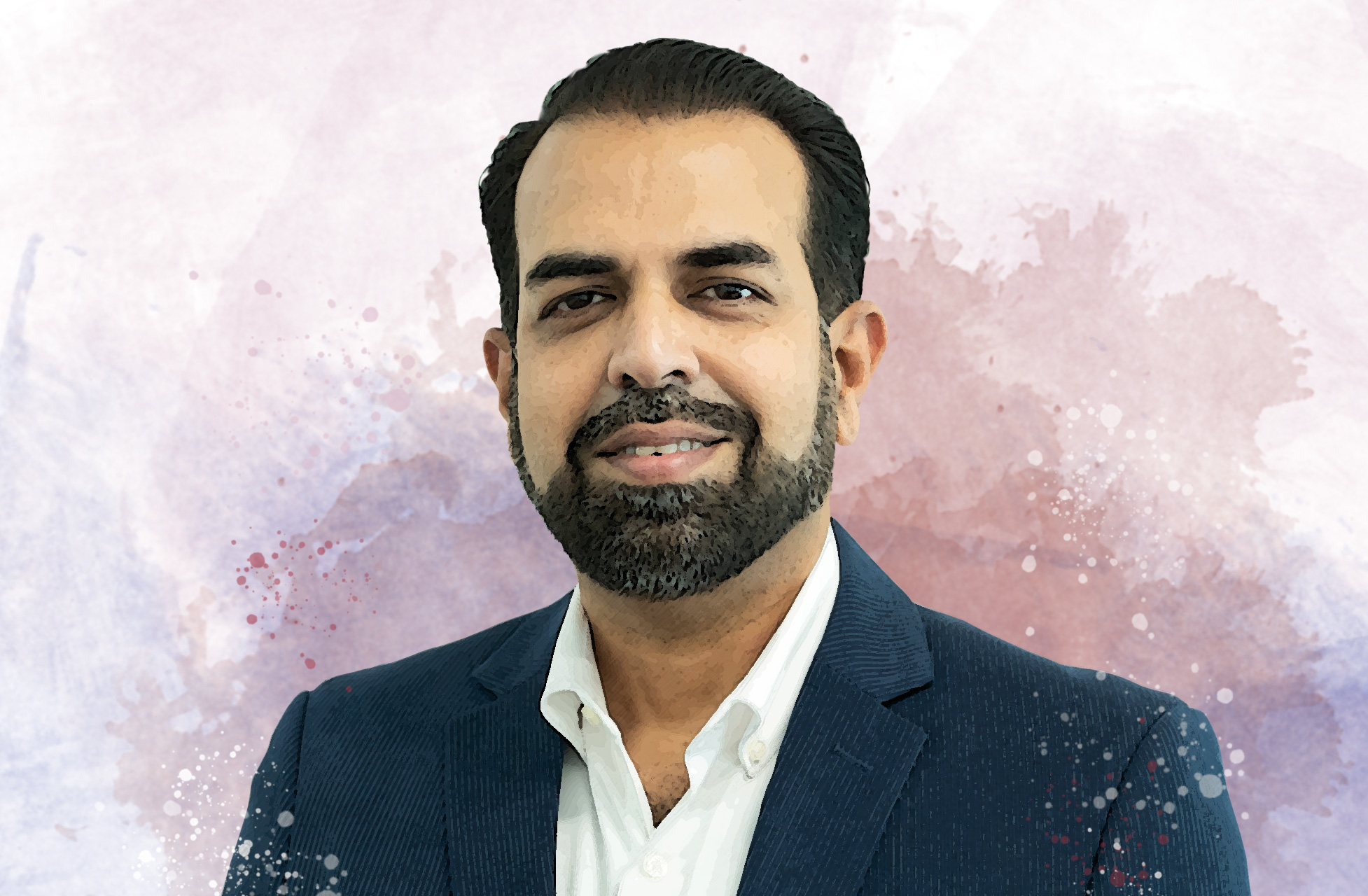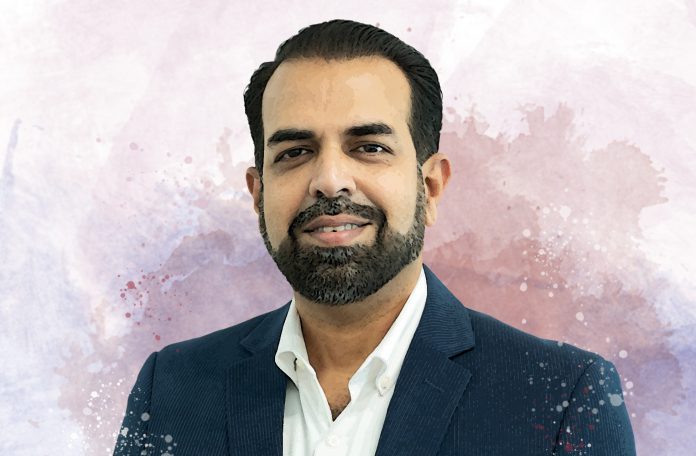Tamarind Global is expanding its offerings and tapping into emerging markets. Its managing partner, Louis D'Souza, discusses the latest developments in inbound tourism, corporate travel, and the company’s vision for the future
 Kindly throw some light on the latest developments in your agency business.
Kindly throw some light on the latest developments in your agency business.
We are continuously evolving to enhance our service offerings across travel, hospitality, and event planning. Recently, we introduced a new luxury service to elevate ground transportation for corporate and leisure travellers. Additionally, we unveiled a refreshed brand identity that encapsulates our three core verticals: holidays, celebrations and corporate services.
Tamarind Global is also investing significantly in digital transformation to enhance efficiency and elevate client experiences.
Our focus remains on expanding our presence in new markets, leveraging technology for efficiency, and curating top-tier, tailor-made experiences for our clients.
India’s inbound tourism business has been recovering relatively slower than outbound. How do you expect the upcoming inbound peak season this year to look?
Inbound tourism to India is on a gradual recovery path, though it hasn’t yet reached pre-pandemic levels. With improved infrastructure, targeted global marketing, and enhanced air connectivity, we anticipate steady growth for the upcoming season. India offers a wealth of diverse cultural and natural attractions, which is exactly what tourists are after. We expect increased demand from long-haul markets as well as a renewed interest in heritage, wellness and adventure tourism to help drive inbound numbers.
What trends are you spotting in inbound travel to India?
There has been a noticeable shift toward experiential travel (and) a rise in demand for sustainable tourism, where visitors are keen on eco-friendly stays and community-based tourism. Wellness retreats, spiritual journeys, bespoke cultural tours, among many, have also gained traction. The luxury segment is growing, with high-net-worth travellers looking for personalised itineraries that combine comfort with exclusivity.
Long-haul markets like Europe and North America have been key source markets for India. Do you see opportunities in short-haul markets like South-east Asia?
Absolutely. While Europe and North America remain crucial, there is significant potential in short-haul markets like South-east Asia and the Middle East. Many South-east Asian countries share cultural and historical ties with India, making it a natural extension for (people there) to seek diverse experiences (in India). By promoting customised itineraries, including Ayurveda retreats, wildlife safaris, religious and heritage circuits, we can position India as an attractive destination for these tourists.
What would you say are the current challenges hampering India’s inbound tourism growth?
One of the biggest challenges is India’s complex visa process. While some improvements have been made, simplifying and expediting visas will be crucial in attracting more foreign visitors.
India needs a stronger international marketing push (through) participation in global trade fairs and digital outreach, led by the ministry of tourism and government of India, to showcase its vast tourism potential.
Infrastructure development, including better roads, sustainable tourism initiatives, and enhanced public transport in key tourist regions, will also play a major role in scaling up inbound tourism.
Tax benefits, subsidies, and incentives for inbound tourism will encourage greater investment in the sector.
A more robust public-private partnership in policy-making, training programmes, and destination and site management will lead to more effective tourism growth.
How do you view the present corporate travel growth in India?
Corporate travel in India is witnessing a resurgence. As businesses expand and in-person meetings return, we have observed a steady increase in corporate bookings for events. Companies are now prioritising unique destinations and high-quality hospitality services for their events. We also see a growing trend toward bleisure travel, where business trips are combined with leisure experiences to offer professionals a more holistic travel experience. However, the affordability of international destinations compared to Indian offerings is causing many corporates to prefer taking their groups overseas.
What other plans are on the horizon for your company?
We are focusing on expanding our inbound travel business across key markets in Europe, North America, and South-east Asia. We are also investing in digital tools to enhance efficiency for a more intuitive digital booking platform.
Sustainability is on our agenda too. We are looking at ways to incorporate more eco-conscious travel options into our offerings. Our goal is to strengthen India’s positioning as a global luxury and experiential travel hub.











